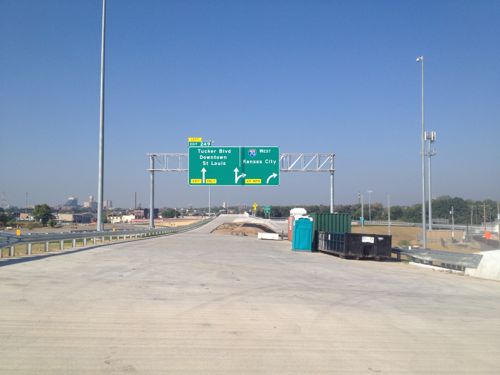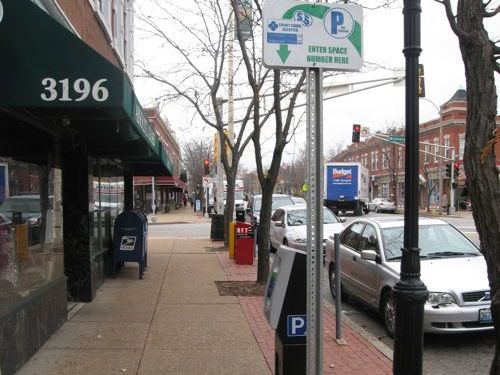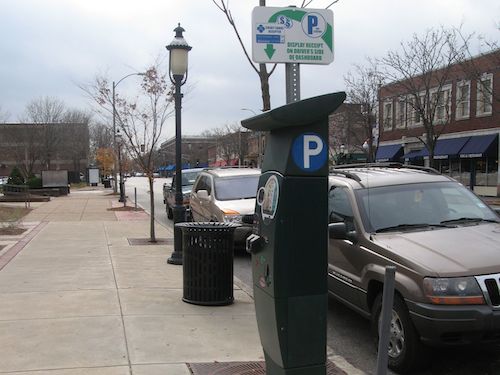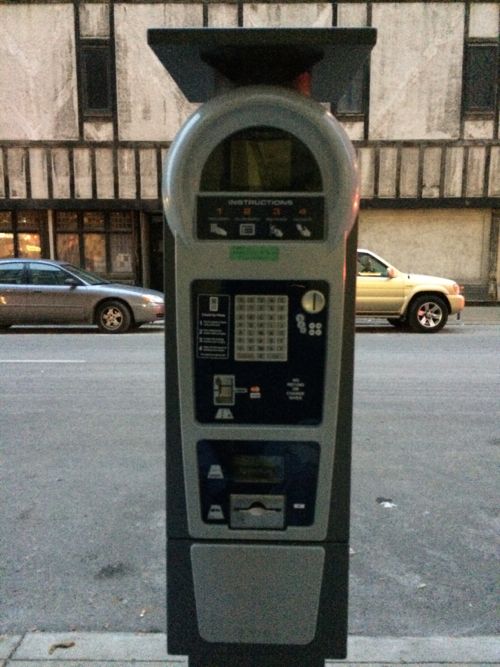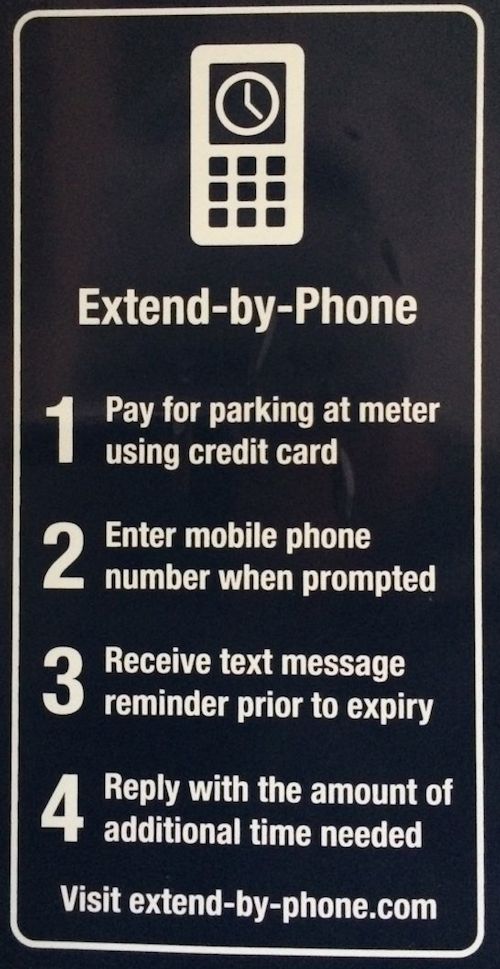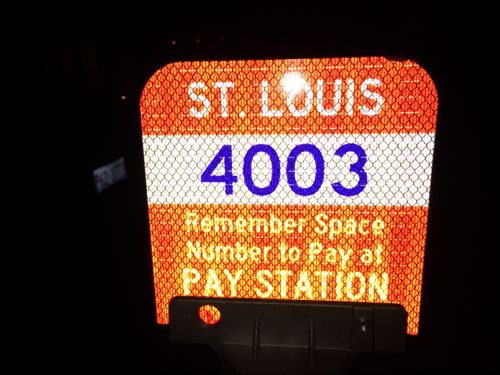Readers OK With New Light Bulb Efficiency Standards
Last week some of you were probably thinking a poll about light bulbs was trivial. Who cares, right? It was news reports in January that got me thinking about the subject. You see, the Energy Independence and Security Act of 2007 received bipartisan support, including 36 House Republicans, in 2007 and was signed into law by President Bush. That didn’t stop Republicans from trying to defund enforcement since taking control of the House after the 2010 mid-term elections. July 2011:
House Republicans on Tuesday failed to advance a measure that would repeal regulations that increase efficiency standards for light bulbs, rules that they have assailed as an example of government overreach. (NY Times: G.O.P. Bid to Void Light Bulb Law Fails)
Like vehicles, the government isn’t banning the incandescent, just raising performance standards:
Now, incandescent bulbs aren’t “banned” under this standard, as is often suggested. Manufacturers can still produce incandescents, so long as they meet these energy standards. Companies like Philips have been doing just that, putting out incandescent bulbs that are filled with halogen gas, so that the filament burns more efficiently.
But it’s true that the traditional, cheaper incandescents that cost 50 cents a bulb are getting phased out, since they can’t meet the standard. As of Jan. 1, 2014, it is illegal to manufacture or import these bulbs. Stores can sell off their remaining stockpile. But, eventually, those old bulbs will be gone. Home Depot says it only has a supply that will last six months. (There have even been reports of bulb hoarding.) (Washington Post: Republicans are still trying to save traditional lightbulbs. It likely won’t work.)
This, as you might expect, has free market types upset. Never mind that taxpayers subsidize energy production. Some might think this is another example of interfering with business, pushing companies to develop new technologies against their will. Not exactly:
So some years ago, Philips formed a coalition with environmental groups including the Natural Resources Defense Council to push for higher standards. “We felt that we needed to make a call, and show that the best-known lighting technology, the incandescent light bulb, is at the end of its lifetime,” says Harry Verhaar, the company’s head of strategic sustainability initiatives. Philips told its environmental allies it was well positioned to capitalize on the transition to new technologies and wanted to get ahead of an efficiency movement that was gaining momentum abroad and in states like California. Other manufacturers were more wary, but they also understood the downside to selling a ubiquitous commodity: the profit margin on a bulb that sells for a quarter is negligible. After much negotiation, the industry and environmental groups agreed to endorse tightening efficiency by 25 to 30 percent. (NY Times: Bulb In, Bulb Out)
The lighting industry and environmentalists together backed the change in standards! The new standards are getting people to think about light bulbs.

No more 2 for $1. I’m not complaining though, I’m glad to see new LED lighting come down in price. We have three LED light fixtures now plus three LED light bulbs in older fixture. The last three are from Philips, their Hue “personal wireless lighting” system — I bought the set on the first day available in the US, the Apple Store at The Galleria hadn’t even set up their display yet. Eighteen months later it keeps getting better with app developers improving functionality.
Each weekday morning our lights come on a little one minute before our alarm goes off and over the next 9 minutes come up to full brightness. When was the last time you got excited about light bulbs?
Anyway, here are the results from last week’s poll:
Q: 40 & 60 watt incandescent light bulbs on store shelves are the last ones, thoughts?
- No biggie, I/We use CFLs &/or LEDs 29 [34.94%]
- Good, they waste too much energy 20 [24.1%]
- Oh no, I’d better go stock up 17 [20.48%]
- Unsure/No Opinion 6 [7.23%]
- Other: 6 [7.23%]
- I’ve got enough to last me a few years 4 [4.82%]
- I was counting on the GOP to repeal the Energy Independence and Security Act of 2007 signed by Bush 1 [1.2%]
And here are the “other” answers:
- Poor Easy-Bake Ovens….
- Will miss the heat they provide! Used in thermoregulation e.g. bird rehab.
- It’s just light bulbs
- I’ll just buy them direct from China
- Absoutely against it – why was this not an option?
- Incandescent were much better
Hopefully we can move on now as the demand for new lighting has caught up to technological advancements.
— Steve Patterson

